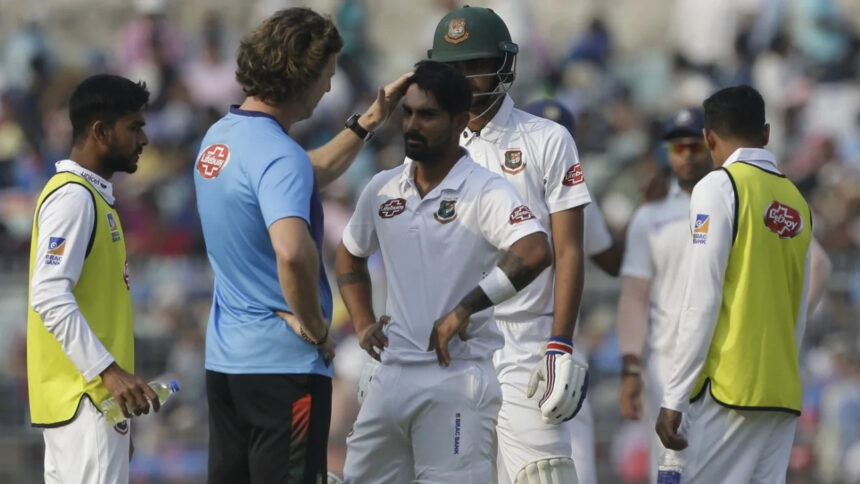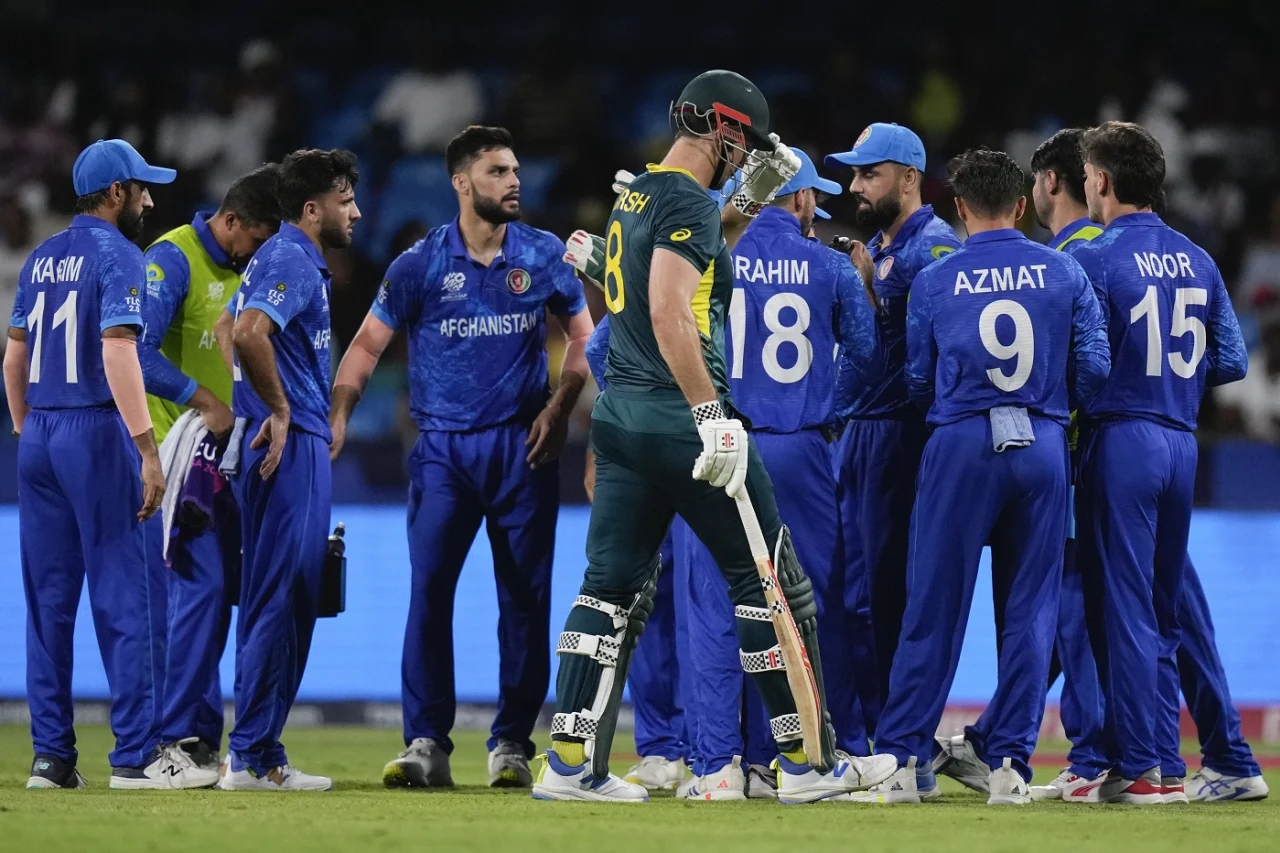The ICC is set to introduce changes to the much-debated concussion substitution rule. The new rule will take effect in Test cricket from June 2025, and in One Day Internationals (ODIs) and T20s from July 2025.
Earlier this year, during the India-England series, the concussion substitute rule sparked controversy. According to the current rule, if a player suffers a head injury, the team can replace them with a like-for-like substitute—meaning a batsman for a batsman, a bowler for a bowler.
However, in the fourth T20 match of that series, India replaced batting all-rounder Shivam Dube with pace bowler Harshit Rana, which led to direct criticism from then England captain Jos Buttler after the match.
Under the new rule, each team must submit a list of five potential substitutes to the match referee before the game starts. This list will include one batsman, one wicketkeeper, one pace bowler, one spinner, and one all-rounder.
No player outside this list will be allowed to act as a concussion substitute. However, if one of the listed substitutes also suffers a head injury, the match referee can approve a like-for-like substitute from outside the list.
The new concussion rule will be implemented in Test cricket starting June 17, 2025, with the Galle Test between Sri Lanka and Bangladesh. For ODIs, the rule will start from July 2, 2025, and for T20s from July 10, 2025.
The Bangladesh-Sri Lanka series will be the first to feature the updated concussion rules in ODIs and T20s. However, the current rule will remain in place for the upcoming World Test Championship final (Australia vs South Africa, June 11, Lord’s).
Alongside concussion rule changes, the ICC has also made significant modifications to the use of new balls in ODIs. Currently, two new balls are used—one from each end—in every innings. Under the new regulation, two new balls will be used only in the first 1 to 34 overs of the innings. From the 35th over until the 50th, the fielding team must choose one of the two balls to use for the remaining overs.
Additionally, in matches with 25 overs or fewer per side, only one new ball will be used per innings.






